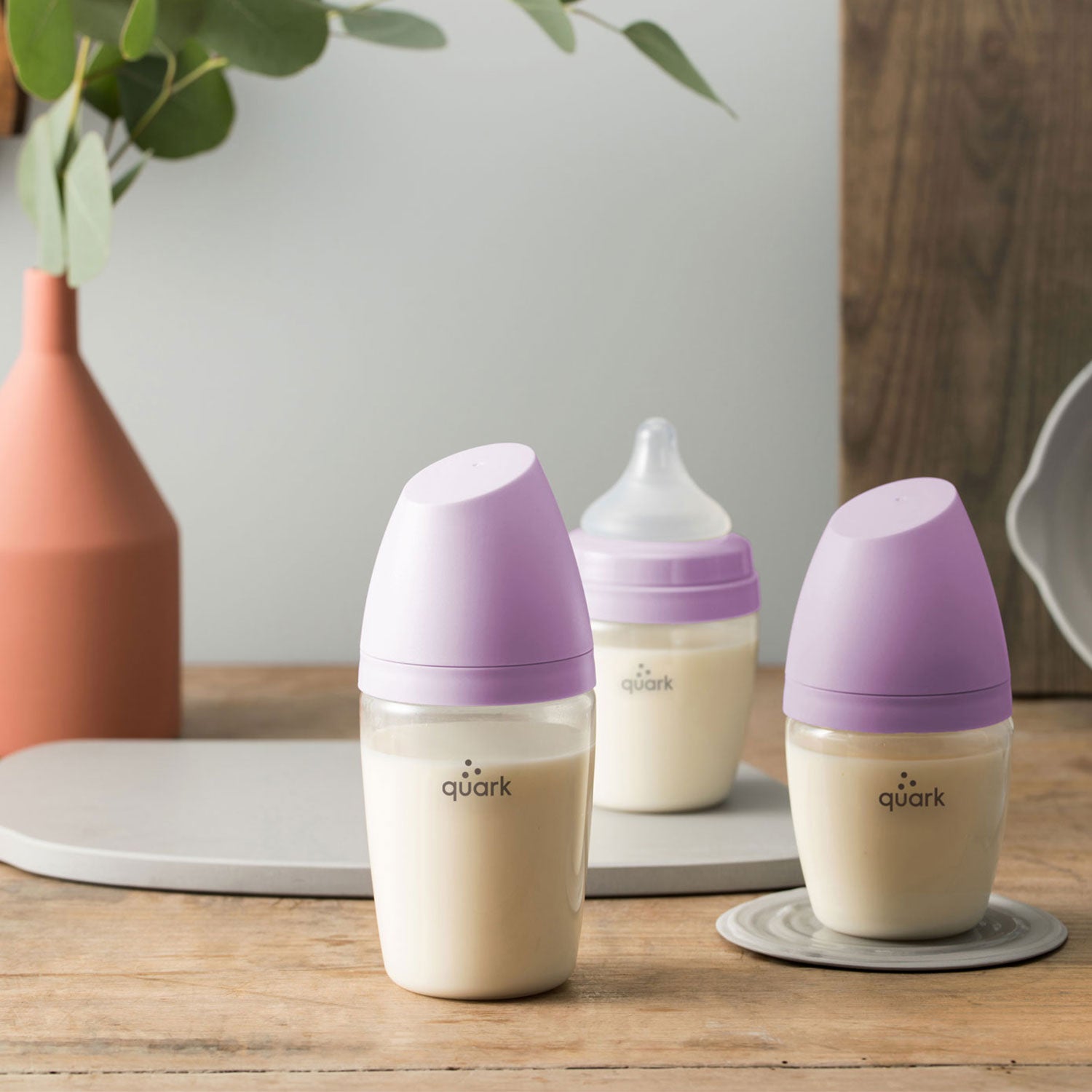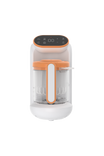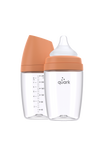As a parent, you are always looking forward to when your baby will begin to eat solid food. In theory, this often seems like a very easy and glorious moment. However, while it is a glorious moment to see your little one taking in something other than breast milk, it is also an overwhelming baby feeeding situation that poses many questions.
For example, “when should I give my baby solid food?” ” What should I start with?”, “When should I move on to the next one?” and “how should I go about it?”
Questions like these must be addressed for your child to eat a nutritious dinner and live a healthy life. However, this is when the confusion about how to do it correctly, what to give, and what not to give sets in. This post will look at the different things to give your kid at various ages. However, a word of caution is required.
Although the info provided here is correct, it isn’t meant to be used as a substitute for expert assistance from a professional.
How much can your child eat?
One of the problems faced by most parents is the failure to understand that their children can choose how much they want to eat. Unfortunately, this leads to most parents forcing their child to finish everything on the plate, and it ends up creating mealtime anxiety in the kid.
As a parent, you must know your limits with the child; you’re responsible for what the child eats when they should eat it, and where to eat it. But you’re not responsible for how much your child eats.
Every child has a unique eating ability. Study your child, know their way of eating, and fix a flexible meal schedule. Do not force.
How to feed your baby according to their age
As your baby grows, their nutritional needs will change. Here’s a guide to help you ensure that your little one is getting the right nourishment at every stage.
Baby feeding for 0 - 6 month-olds
The World Health Organization (WHO) advises exclusive breastfeeding for your child in the first 1-4 or 6months. This is then followed by introducing nutritionally sufficient food after the sixth month.
For the first four months, every mother should ensure to breastfeed their baby at least every two hours. This also includes feeding throughout the night, although you can talk to your doctor when the overnight feeding persists.
In the absence of breast milk, a certified feeding formula can be given instead. However, breastfed babies tend to eat more than bottle-fed or formula-fed babies.
Baby feeding for 6 - 12 month-olds
It would be best if you watched out for some readiness signs in your child before introducing solid food. They can be:
- When the child can sit without any aid
- Put something in their mouth consciously
- Turn away things they don’t want
- Open their mouth at the sight of food
- Keep food in their mouth At this time, you can introduce solid food to your child. There is no one right baby food to start with. However, there are varieties of iron-rich and protein-rich food you can choose from, for example, baby cereal, pureed fruits (avocado, banana), pureed vegetables, and pureed meats.
You can start with a few spoons, then graduate to bigger portions as your baby gets more comfortable eating solid food.
Try not to dwell on a particular type of food. Vary the food types to see how your child eats better.
Also, possible allergenic foods should be introduced at this time and not delayed. The earlier you introduce these foods, the better chance of food allergies reduction.
Between the ages of eight to twelve months, you can introduce other new food types, such as yogurt and cheese. Ensure the fruits are cut into tiny sizes, or utilize a fruit pacifier. However, because cow’s milk protein is not digested by your baby, unlike the yogurt in which it has been denatured by heat, cow milk or honey is still not advisable at this stage.
Make your baby’s first-time feeding fun by using handy kitchen wares and baby feeding sets.
Baby feeding for toddlers (one to two years)
At this age, children begin to eat food that is almost similar to yours. Your child’s food and flavor preferences will be set from this point; hence, you should help your child develop varied food choices.
After your baby’s first birthday, you can introduce cow’s milk and a chunk of other animal foods (eggs and fish). Ensure whole milk and do not restrict fats because they need it for brain development.
It would be best to teach your child how to self-feed and move from bottles to cups and other easy-to-use feeders from this age. In addition, your child can learn how to eat at the table; hence, it is essential to introduce the table to your toddler.
Also, as your child learns to be independent, you must ensure her safety by avoiding food types that can cause choking.
Final takeaway
What to feed your baby and how to do it can be dizzying. However, now you know it’s a general problem and not just a unique issue you have. You also know that not all types of food are meant to be given at any age.
All you have to do now is to present your baby with the various food choices meant for each age and watch out for their choices. In the case of picky eaters, you have to keep calm and follow the guidelines.
Storii food containers
More than just a container, Storii containers are an advanced all purpose storage system. Featuring secure-latch lid with leak-proof silicone seal and integrated removable ice pack, this is the only baby food storage container you’ll ever need.
Perfect for storage, snacks, travel, lunch bags and anything else you can throw at them. Made without the use of harmful or toxic materials, Storii containers can be entirely disassembled and are dishwasher, freezer, and microwave safe (just don’t cook the ice pack). They’re also stackable and nesting to help save crucial space in the fridge and when not in use.






















Leave a comment
All comments are moderated before being published.
This site is protected by hCaptcha and the hCaptcha Privacy Policy and Terms of Service apply.